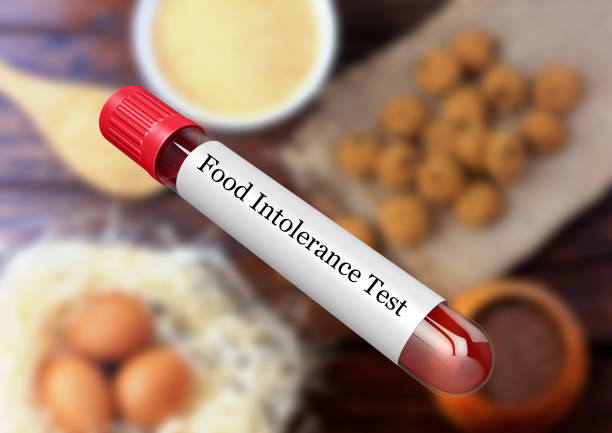
We are all familiar with the saying "You are What You Eat" but is what you eat making you sick? Food allergy and food intolerance are very common nowadays. Food allergy can be measured as an immune response to food exposure. Most children are prone to some kind of food allergy, but it's uncommon in adults.
Food intolerance is a much more general term that we define as an adverse physiological response, but not an immunogenic response, to food. It's prevalent in adults. If you consistently feel bad after eating a specific food, we consider it a food intolerance.
Symptoms
Food intolerance can come in many different forms. A person with food intolerance will often experience discomfort soon after eating certain foods. The symptoms are varied and usually involve the digestive system.
- Irritable bowel syndrome (IBS)
- Blood pressure variation
- Leaky gut
- Abdominal pain
- Migraine
- Cramping
- Depression
- Bloating
- Fatigue
Symptoms are usually not immediate and become less severe than those associated with an allergic reaction. For people with food intolerances, the amount of food consumed often influences the severity of symptoms. Unlike food allergies, which can trigger an immediate reaction, food intolerance symptoms may take hours to appear and can last several hours or even days. This delayed response can make it challenging to identify the exact food trigger, as the body's reaction isn't immediate but can still impact daily life and well-being. Understanding these differences is key to managing intolerances effectively and improving overall comfort.
Causes & Types
Food intolerances occur when the body has difficulty digesting certain foods, leading to many uncomfortable symptoms. There are several types of food intolerance. Lactose intolerance is among the most common, causing digestive discomfort after consuming dairy. Fructose intolerance involves difficulty digesting certain fruits, sweeteners, and foods high in fructose. Gluten intolerance or non-celiac gluten sensitivity affects individuals who experience symptoms after consuming gluten-containing grains like wheat, barley, and rye, though they don't have celiac disease. Salicylate intolerance is another one where sensitivity to naturally occurring salicylates in fruits, vegetables, and spices causes adverse reactions.
Understanding these types can help individuals manage symptoms by identifying and avoiding specific triggers.This includes common triggers, like onion, coffee, and eggs, as well as novel antigens such as honey, tropical fruits, and baker's yeast.
Test & Diagnosis
Food intolerances and allergies can have similar symptoms, making diagnosis challenging. Diagnosis is also complicated when a person has several food intolerances.
Medivision has The FIT Plus, a cutting-edge diagnostic tool for identifying food intolerances, designed with advanced microarray-based technology to provide highly accurate results. This next-generation platform uses specific IgG testing to measure antibodies against 286 food extracts and molecular antigens, covering 13 essential food groups. By utilizing nanotechnology-enhanced arrays, FIT Plus detects all IgG antibody subtypes (IgG1, IgG2, IgG3, IgG4), allowing for comprehensive analysis of immune responses linked to food intolerance.
FIT Plus offers invaluable insights, helping individuals identify and manage food intolerances effectively for improved well-being.
In a nutshell
Food intolerance can be a tricky thing, so it's important to discuss it with your doctor and a dietitian to manage your care. Most patients can find a balance and find things to eat; they just have to be more aware of what they're eating.

